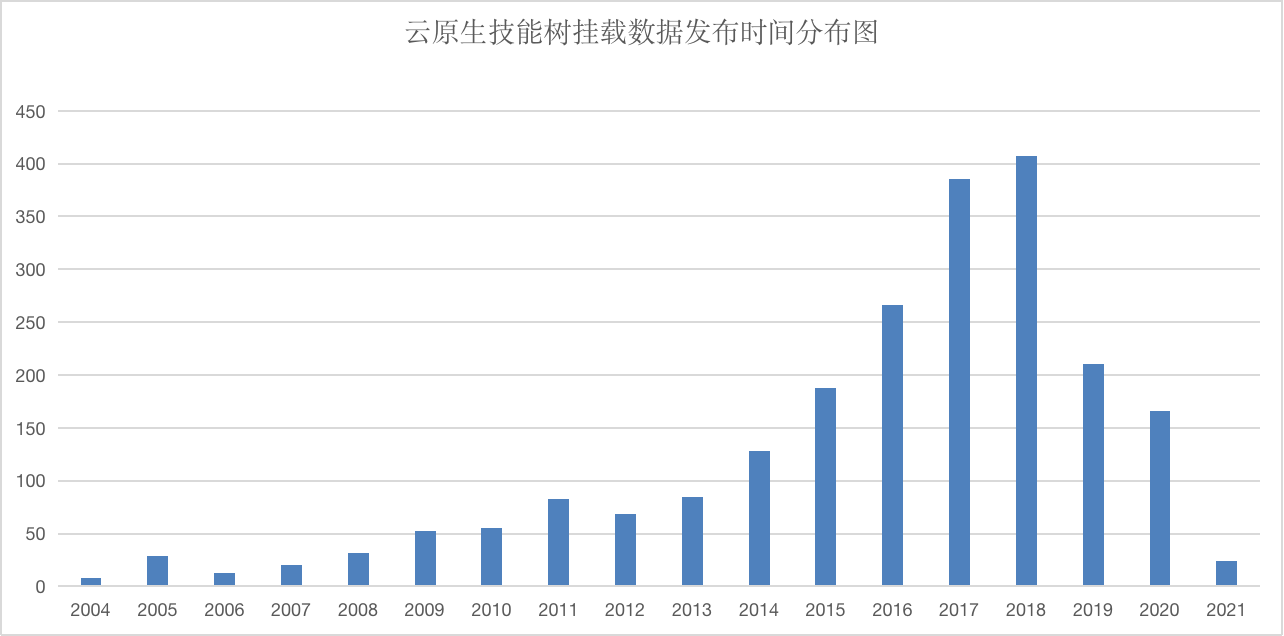当前位置:网站首页>AcWing 1294. Cherry Blossom explanation
AcWing 1294. Cherry Blossom explanation
2022-07-06 11:16:00 【Octopus loving monster】
AcWing 1294. Cherry blossoms Answer key
Title Description
Given an integer n n n , Find how many positive integer pairs ( x , y ) (x,y) (x,y) Satisfy 1 x + 1 y = 1 n ! \dfrac{1}{x}+\dfrac{1}{y}=\dfrac{1}{n!} x1+y1=n!1
Input format :
An integer n n n
Output format :
An integer , Indicates the number of pairs that meet the conditions
The answer is right 1 0 9 + 7 10^9+7 109+7 modulus
Data range
1 ≤ n ≤ 1 0 6 1\le n \le 10^6 1≤n≤106
Answer key
Look at the formula , Easy to launch x > n ! x > n! x>n! y > n ! y >n! y>n!
Two unknowns x , y x,y x,y, Knowing one of them, you can launch another
So we might as well set y = n ! + k y=n!+k y=n!+k
The transformed formula is
1 x + 1 n ! + k = 1 n ! \dfrac{1}{x}+\dfrac{1}{n!+k}=\dfrac{1}{n!} x1+n!+k1=n!1
Divide the formula on both sides to get n ! ( n ! + k ) + ( n ! ) x = x ( n ! + k ) n!(n!+k)+(n!)x=x(n!+k) n!(n!+k)+(n!)x=x(n!+k)
Change can get
x = n ! ( n ! + k ) k = ( n ! ) 2 k + n ! x=\dfrac{n!(n!+k)}{k}=\dfrac{(n!)^2}{k}+n! x=kn!(n!+k)=k(n!)2+n!
because x To satisfy the property of positive integers , So the problem turns into k The value of needs to become ( n ! ) 2 (n!)^2 (n!)2 The divisor of
The problem became Find the divisor of a number
To find the divisor, you can use Basic theorem of arithmetic
The basic theorem of arithmetic is as follows
Any positive integer can be uniquely determined by its prime factor ( among p i p_i pi Is its qualitative factor )
x = p 1 α 1 ⋅ p 2 α 2 ⋅ p 3 α 3 … ⋅ p n α n x=p_1^{\alpha_1} · p_2^{\alpha_2}·p_3^{\alpha_3}\dots·p_n^{\alpha_n} x=p1α1⋅p2α2⋅p3α3…⋅pnαn
According to the full arrangement formula, the number of factors is
( α 1 + 1 ) ⋅ ( α 2 + 1 ) ⋅ ( α 2 + 1 ) ⋅ ( α 2 + 1 ) (\alpha_1+1)·(\alpha_2+1)·(\alpha_2+1)·(\alpha_2+1) (α1+1)⋅(α2+1)⋅(α2+1)⋅(α2+1)
The problem becomes a solution ( n ! ) 2 (n!)^2 (n!)2 The prime factor of and the order of each prime factor
We can ask for ( n ! ) (n!) (n!) And the order of each prime factor, then multiply the order 2 You can get there ( n ! ) 2 (n!)^2 (n!)2 Solution
How to find ( n ! ) (n!) (n!) For the quality factor and the order of the quality factor, please refer to my other blog
AcWing 197. Factorial decomposition Answer key
Get ( n ! ) (n!) (n!) Multiply the order of the prime factor by 2, Finally, by using the calculation formula of the number of factors, we can get k All values of
For each of these k Each value has a x The value corresponds to , Then all the final values are the number of positive integer pairs
Complete code
import java.io.*;
import java.util.*;
public class Main {
static int n;
static final int N=1000010;
static final long MOD=1000000007;
static int[] Primes =new int[N];
static boolean[] isPrime =new boolean[N];
static int cnt=0;
static long ans=1;
public static void init(int n)// Linear sieve
{
Arrays.fill(isPrime,true);
for(int i=2;i<=n;i++) {
if (isPrime[i])
Primes[cnt++] = i;
for(int j=0;j<cnt;j++)
{
int p=Primes[j];
if(i*p>n)
break;
isPrime[i*p]=false;
if(i%p==0)
{
break;
}
}
}
}
public static void main(String[] agrs) throws IOException {
BufferedReader reader = new BufferedReader(new InputStreamReader(System.in));
n=Integer.parseInt(reader.readLine());
init(n);
for(int i=0;i<cnt;i++)// Decomposing the prime factor
{
int tmp=n;
int p=Primes[i];
long res=0;
while(tmp>0)
{
res+=tmp/p;
tmp/=p;
}
res*=2;// The order of the prime factor converted to square
ans=(ans%MOD)*((res+1)%MOD);// Factor calculation formula
ans%=MOD;
}
System.out.println(ans);
}
}
边栏推荐
- Test objects involved in safety test
- Generate PDM file from Navicat export table
- [C language foundation] 04 judgment and circulation
- Django running error: error loading mysqldb module solution
- 【博主推荐】C#生成好看的二维码(附源码)
- 【博主推荐】SSM框架的后台管理系统(附源码)
- 机器学习笔记-Week02-卷积神经网络
- TCP/IP协议(UDP)
- Have you mastered the correct posture of golden three silver four job hopping?
- AcWing 179.阶乘分解 题解
猜你喜欢

Other new features of mysql18-mysql8

CSDN Q & a tag skill tree (V) -- cloud native skill tree

Idea import / export settings file

Swagger、Yapi接口管理服务_SE

QT creator specifies dependencies

QT creator design user interface

Deoldify项目问题——OMP:Error#15:Initializing libiomp5md.dll,but found libiomp5md.dll already initialized.

QT creator specify editor settings

QT creator create button

CSDN question and answer tag skill tree (I) -- Construction of basic framework
随机推荐
Dotnet replaces asp Net core's underlying communication is the IPC Library of named pipes
Have you mastered the correct posture of golden three silver four job hopping?
【博主推荐】asp.net WebService 后台数据API JSON(附源码)
01项目需求分析 (点餐系统)
Knowledge Q & A based on Apache Jena
Invalid default value for 'create appears when importing SQL_ Time 'error reporting solution
QT creator shape
Ansible实战系列二 _ Playbook入门
【博主推荐】C#MVC列表实现增删改查导入导出曲线功能(附源码)
Copie maître - esclave MySQL, séparation lecture - écriture
Introduction and use of automatic machine learning framework (flaml, H2O)
[BMZCTF-pwn] 11-pwn111111
FRP intranet penetration
Ansible practical Series III_ Task common commands
frp内网穿透那些事
Are you monitored by the company for sending resumes and logging in to job search websites? Deeply convinced that the product of "behavior awareness system ba" has not been retrieved on the official w
JDBC原理
PyCharm中无法调用numpy,报错ModuleNotFoundError: No module named ‘numpy‘
QT creator specifies dependencies
數據庫高級學習筆記--SQL語句